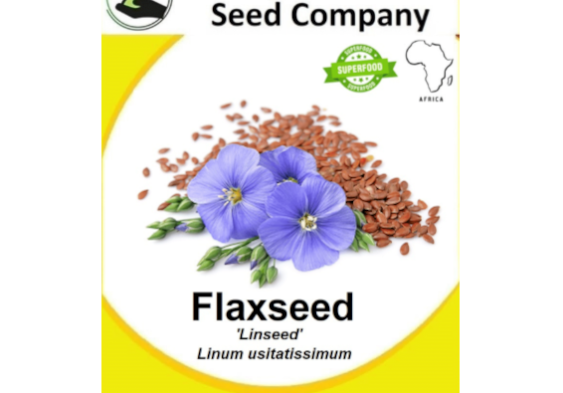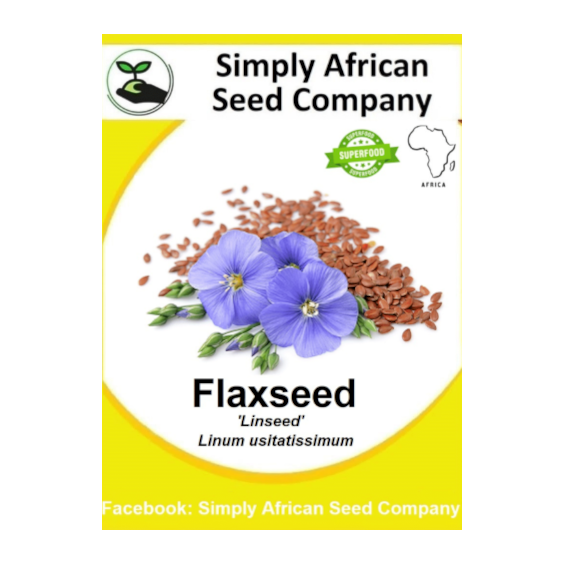Flaxseed (Linseed) fiber is used to make linen and its seeds yield linseed oil. With the development of synthetic fibers in the 20th-century fiber, flax fell out of favor and is now better known as a healthy addition to foods. It contains lignans, antioxidants, fiber, protein, and polyunsaturated fatty acids such as alpha-linolenic acid (ALA), or omega-3.
Linseed oil, extracted from flax seed, is one of the most useful natural oils. It is used as a preservative for wood, concrete, and an ingredient in paints, varnishes, and stains. As if that wasn’t enough, it is also used in soaps, inks, and in the production of linoleum!
Flax seeds or flaxseed oil can be added to many common foods. Try the following:
• Adding them to water and drinking it as part of your daily fluid intake
• Drizzling flaxseed oil as a dressing on the salad
• Sprinkling ground flaxseeds over your hot or cold breakfast cereal
• Mixing them into your favorite yogurt
• Adding them into a cookie, muffin, bread, or other batters
• Mixing them into smoothies to thicken up the consistency.
• Adding them to water as an egg substitute
• Incorporating them into meat patties
Flax should be planted in the early spring, but may also be planted in the late summer/early fall in temperate climates. Choose a sunny site with well-drained, sandy soil. Direct planting is preferred, but seeds can be sown in pots to be transplanted later. Start seeds indoors 6-8 weeks before the last frost.
If you are sowing inside, be advised that flax resent root disturbance. To avoid problems, transplant them to larger pots before seedlings show major root development or become root-bound. To make seeds easier to spread, mix the seeds with flour. Then sow one tablespoon of seeds per square meter, scattering them evenly across the soil.
Light: A full sun site is preferred.
Soil: Average to sandy well-drained soils are preferred. Flax does not do well in heavy clay or in wet conditions.
If direct seeding, rake soil and broadcast seeds, raking in and tamping down to make good soil to seed contact. Water in thoroughly.
Growth Habit: Flax gives a delicate, wild look to garden beds and meadows and grows anywhere from 350 to 750mm high depending on species and conditions. It complements stronger foliage plants with its wispy stems of gray-green foliage. Each flowering stem is topped with silky short-lived disk flowers that bloom and are quickly replaced with more.
Staking: Flax is not staked but its fairly spindly stems are helped with a bit of casual support either from stronger companion plants or from stakes. Insert the stakes here and there around the developing plants to give them something to lean against and eventually mask.
Watering: Keep seeds and seedlings evenly moist. As plants develop they will need less water. If indirectly sowing indoors, allow sufficient ventilation as young seedlings can be killed by damping off disease if kept too wet and humid.
Fertilizing: No extra fertilizing is necessary.
Trimming & Pruning: Both annual and perennial flax will continue to bloom well if they are cut back by half after the first flush of bloom. If you live in a hotter climate, this can negatively affect the possibility of re-bloom.
Mulching: A very light top-dressing of compost can be given in autumn, but deep mulching is not recommended. Mulching flax too deeply in the autumn may result in a lack of germination of new seeds in the following spring.


